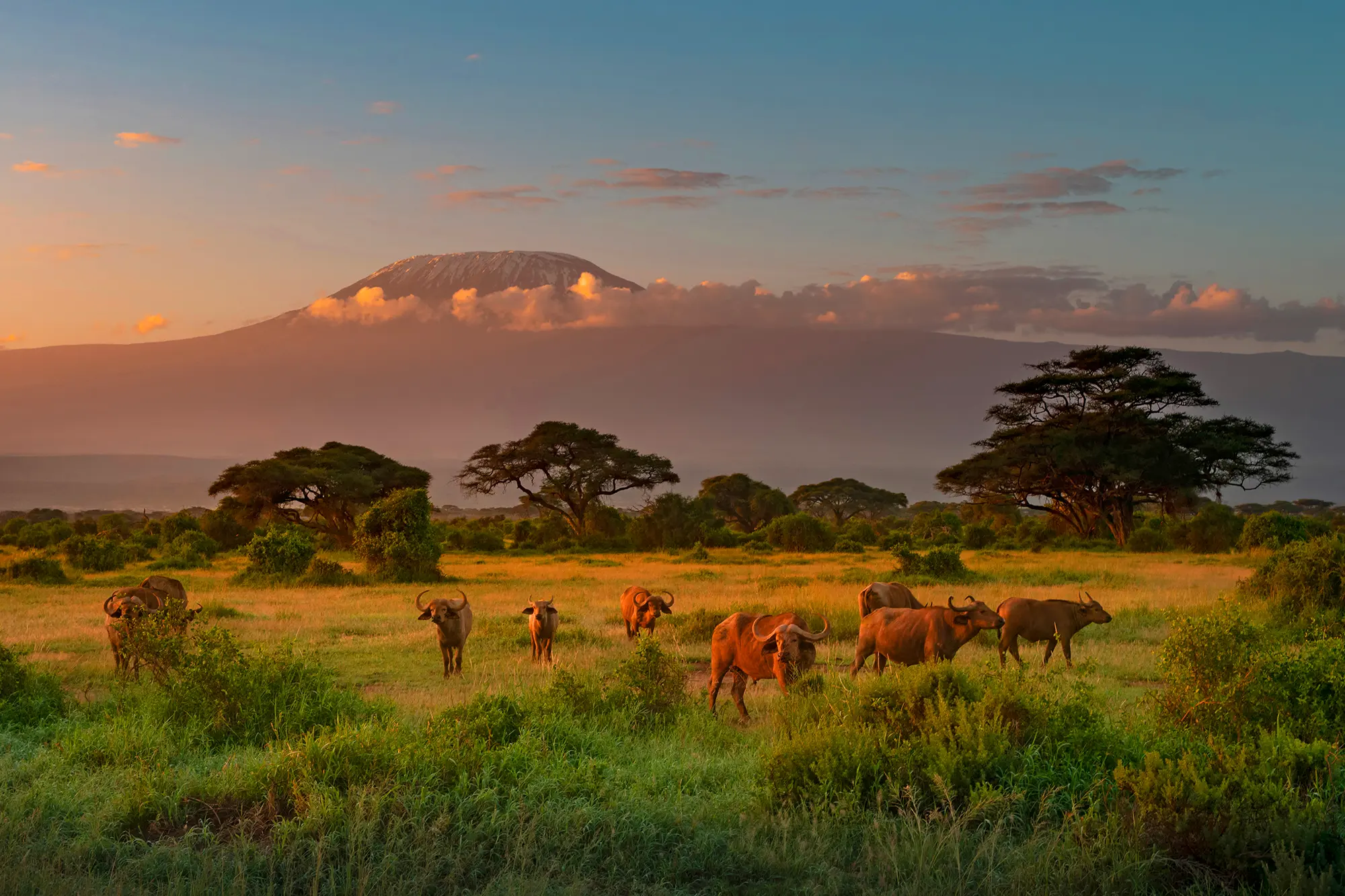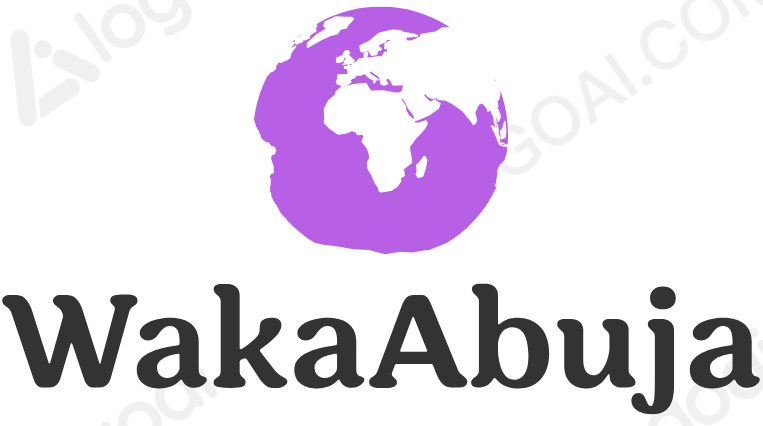There are 15 essential tips you should know before climbing Mount Kilimanjaro: 15 Tips you should know to have an unforgettable experience
You are not the only one who has dreamed of conquering the “Roof of Africa,” if you’ve ever dreamed of doing so. Known for its height of 5,895 meters (19,341 feet), Mount Kilimanjaro is much more than just Africa’s tallest peak; it is also a journey that attracts adventurers from all over the world to take on the challenge. In addition to its breathtaking scenery, diverse ecosystems, and the personal satisfaction of reaching the summit of Kilimanjaro, climbing Kilimanjaro is undoubtedly a once-in-a-lifetime experience.
My goal in this guide is to guide you through 15 essential tips to help you prepare, thrive, and conquer Mount Kilimanjaro in the most successful way possible. As a result of personal experiences and expert advice, this guide ensures that you will be fully prepared for your trek. It’s time to lace up our boots, and let’s get started!
The most important takeaways
For a better acclimatization, choose a longer route.
It is important to invest in quality gear, especially boots and sleeping bags.
Your guides are your greatest resources, so do not ignore them.
Make sure that you are consistently hydrating and fueling your body.
It is important to celebrate each step along the way, not just the summit.
Why Climb Mount Kilimanjaro?
In my opinion, Kilimanjaro has a certain magic about it. This mountain is more than just a mountain; it is a testament to the spirit of mankind. There are no technical climbing skills required to climb Kilimanjaro, which makes it accessible to trekkers with a solid fitness base, as opposed to other major peaks. In spite of this, it still offers you a physical and mental challenge that will leave you elated and inspired.
“I still remember the moment I saw the sunrise from Stella Point. It wasn’t just the view but the realization that I had pushed my limits. Kilimanjaro is a place where you discover what you’re truly capable of.”
No matter what your interests are, whether it be trekking through five climate zones or simply checking off a bucket-list adventure, there is something for everyone at the mountain.
Choosing the Best Time to Climb (Tip 1)
When Should You Go?
Kilimanjaro can technically be climbed year-round, but the best times are during the dry seasons:
- January to March: Cooler weather with fewer crowds.
- June to October: Warmer conditions but busier trails.
Avoid the rainy seasons (April-May and November), as the trails can become slippery and the views obscured.
Personal Insight:
“I chose late September for my climb. While the nights were chilly, the clear skies and breathtaking sunsets made it worth every shiver.”
Selecting the Right Route (Tip 2)
Mount Kilimanjaro offers seven main trekking routes, each with its own unique pros and cons. Here’s a quick breakdown:
| Route | Duration | Difficulty | Highlights |
|---|---|---|---|
| Marangu | 5-6 days | Moderate | Huts instead of tents, less acclimation |
| Machame | 6-7 days | Challenging | Stunning scenery, high success rate |
| Lemosho | 7-8 days | Challenging | Remote, scenic, excellent acclimation |
| Rongai | 6-7 days | Moderate | Quieter, drier side of the mountain |
| Northern Circuit | 9-10 days | Moderate | Longest, most scenic, highest success |
| Shira | 6-7 days | Challenging | Beautiful but high starting altitude |
| Umbwe | 5-6 days | Difficult | Shortest, steepest route |
Recommendation:
- Best for Beginners: Machame or Lemosho (for better acclimation).
- Avoid: Umbwe, unless you’re an experienced trekker.
Booking Your Trek (Tip 3)
Climbing Kilimanjaro requires a registered guide or tour operator. Costs typically range between $1,500 and $5,000, depending on the route, duration, and level of service.
What to Look For in a Tour Operator:
- Reputation and reviews (check sites like TripAdvisor or Google Reviews).
- Inclusions: Park fees, meals, tents, and porter support.
- Group size and guide-to-climber ratio.
“I went with a mid-range operator who offered personalized service. The porters and guides were incredible—they felt like family by the end.”
Training for the Trek (Tip 4)
You don’t need to be an athlete, but a good fitness base is essential. Focus on:
- Cardio: hiking, running, or cycling.
- Strength: Core and leg exercises like squats and lunges.
- Endurance: Long hikes with a loaded backpack.
“Six weeks before my trek, I started weekend hikes with a 10kg pack. It made a world of difference on summit night.”
Acclimatization Is Key (Tip 5)
Altitude sickness is the biggest challenge on Kilimanjaro. Symptoms can range from mild headaches to severe nausea. To minimize the risk:
- Choose a longer route (7+ days).
- Follow the “climb high, sleep low” principle.
- Hydrate: Drink at least 3-4 liters daily.
Packing the Essentials (Tip 6)
Here’s your ultimate packing checklist:
Clothing:
- Base layers (moisture-wicking)
- Insulated jacket (down or synthetic)
- Waterproof shell
- Trekking pants and thermal leggings
- Gaiters for snow and mud
Gear:
- Sleeping bag (rated for -10°C/14°F)
- Trekking poles
- Headlamp with extra batteries
- Backpack (25-30L) + duffel (for porters)
“A good pair of hiking boots is non-negotiable. Break them in well before your climb.”
Nutrition and Hydration (Tip 7)
Your body burns thousands of calories daily, so fuel up with high-energy meals. Most tour operators provide a mix of local and Western cuisine. Expect meals like:
- Breakfast: porridge, eggs, toast.
- Lunch: sandwiches, pasta.
- Dinner: Soups, rice, stews.
Snacks like nuts, energy bars, and chocolates are lifesavers for quick energy boosts.
Mental Preparation (Tip 8)
Climbing Kilimanjaro is as much a mental challenge as a physical one. Surround yourself with positive energy, set realistic expectations, and embrace the journey.
“There were moments I wanted to quit, but my guide’s encouragement kept me going. Focus on small milestones—one step at a time.”
Summit Night (Tip 9)
This is the toughest part of the trek. You’ll start around midnight to reach the summit by sunrise. Here’s how to prepare:
- Layer up: Temperatures can drop to -20°C (-4°F).
- Stay hydrated: Even in the cold, drink water.
- Go slow: “Pole pole” (Swahili for “slowly”) is the mantra.
“Reaching Uhuru Peak was surreal. The exhaustion melted away as I stood above the clouds, watching the sun rise over Africa.”
Cost Breakdown (Tip 10)
Here’s an estimate of expenses:
| Expense | Cost (USD) |
|---|---|
| Park Fees | $800-$1,000 |
| Guide/Porter Tips | $150-$250 |
| Gear Rental | $50-$200 |
| Flights | $500-$1,000 |
| Total | $2,000-$5,000 |
11. Build a Strong Team Dynamic
It is crucial that you are guided by experienced trekkers and have the support of your fellow trekkers. When faced with a challenging day, it can make all the difference to have a positive group atmosphere.
- Tip: Be supportive and open to bonding. Shared meals and stories around the dinner table foster camaraderie.
- Personal Anecdote:
“On the second day, I felt the altitude creeping in, but the energy of my group kept me going. Sharing jokes and encouraging words made the uphill slog so much easier.”
12. Understand the Role of Porters

The porters on Kilimanjaro are the unsung heroes of the mountain. During your trip, they carry your gear, set up camp for you, and make sure that you have everything you need. It goes a long way to show respect and gratitude to others.
- Tip: Pack light—porters carry a maximum of 20 kg per climber. Tip generously to show appreciation for their hard work.
- Guideline: A typical tip ranges from $10–$15/day per porter.
“I’ll never forget how one porter shared his story of climbing Kilimanjaro hundreds of times to support his family. It was humbling and inspiring.”
13. Respect the Environment
Mount Kilimanjaro is a UNESCO World Heritage Site, and preserving its beauty is every climber’s responsibility. Follow Leave No Trace principles:
- Carry out all your trash.
- Avoid using single-use plastics.
- Stick to designated trails to minimize impact on flora and fauna.
“It was heartwarming to see my group collecting stray litter along the trail. Small actions add up when protecting such a precious ecosystem.”
14. Prepare for All Weather Conditions
Kilimanjaro’s weather can be unpredictable. You may experience sunshine, rain, and snow—all in one day. Layering is the key to staying comfortable.
- Essentials to Pack:
- Waterproof gloves and pants.
- A wide-brim hat for sun protection.
- Hand warmers for summit night.
“One moment I was basking in the sun at Shira Camp, and the next, we were scrambling to cover ourselves during a downpour. The mountain keeps you on your toes!”
15. Celebrate Your Success
Reaching Uhuru Peak is a monumental achievement, but so is completing any part of the trek. Whether you make it to the summit or not, celebrate your effort and the journey.
- Tip: Plan a reward for yourself afterward, such as relaxing on Zanzibar’s white-sand beaches or exploring Tanzania’s wildlife in the Serengeti.
“After the trek, I treated myself to a day in Moshi town, sipping local coffee and reminiscing with my group. It felt like the perfect way to end the adventure.”
FAQs
1. Do I need technical climbing skills?
No, Kilimanjaro is a trek, not a technical climb.
2. What is the success rate?
Routes like the Northern Circuit boast a success rate of over 90%, while shorter routes like Marangu hover around 70%.
3. Can I climb solo?
No, Tanzanian regulations require climbers to have a licensed guide.
Final Thoughts
Climbing Mount Kilimanjaro is more than a physical feat—it’s a transformative journey. With the right preparation and mindset, you’ll walk away not just with incredible memories but also a renewed sense of self. As they say in Swahili, karibu (welcome) to one of the greatest adventures of your life!









